

|
|
|


|
|
1/28 Scale Electric Truck/Truggy:
Team Associated SC28 Lucas Oil Edition RTR - 20150 - Radio Controlled ModelHistory and Info:
Released by Team Associated in 2016, the SC28 Lucas Oil Edition RTR Short Course Truck - # 20150 - is one of their "Qualifier Series", designed and developed for those new to RC, to hone their skills before advancing to competitive racing.
▼ Scroll Down for More Images ▼
|
Model Version:
Features:
(Source: Media Press Release) |








|
|
|

★ Team Associated SC28 Lucas Oil Edition RTR ★
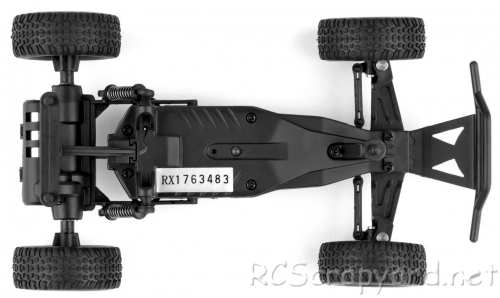
★ Team Associated SC28 Lucas Oil Edition RTR Chassis ★
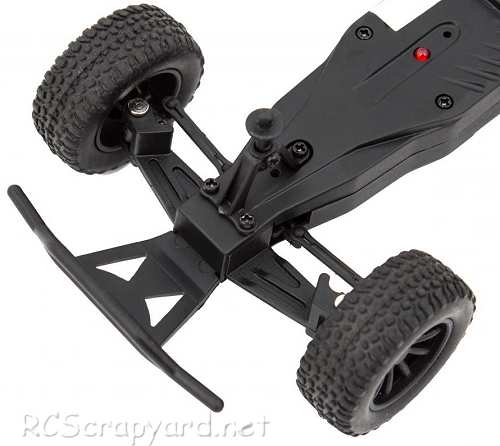
★ Team Associated SC28 Lucas Oil Edition RTR Chassis ★
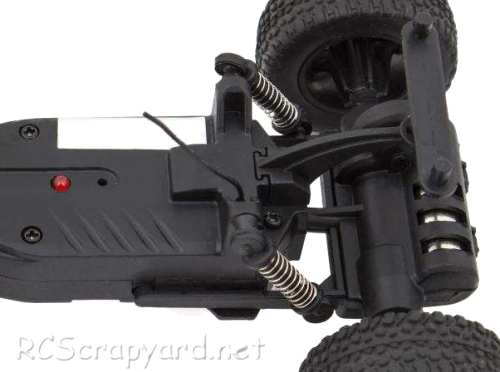
★ Team Associated SC28 Lucas Oil Edition RTR Chassis ★
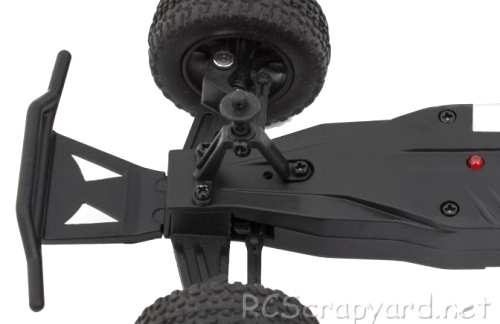
★ Team Associated SC28 Lucas Oil Edition RTR Chassis ★
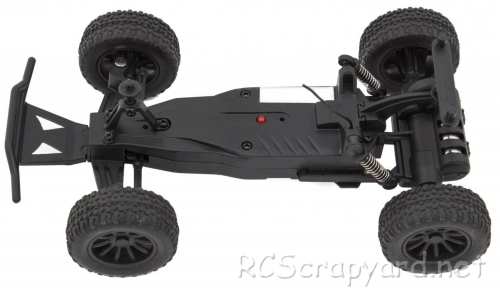
|
Buying a Used Radio Controlled Model
|
|
Manufacturers and Brands Catalogued, Listed and Reviewed by RC-Scrapyard.
At present, the RC Model Manufacturers, Brands and Distributors covered by us are: ABC Hobby, Academy, Acme Racing, Agama Racing, Amewi, Ansmann Racing, ARRMA, Team Associated, Atomic RC, Axial, AYK, Bolink, BSD Racing, Capricorn, Carisma, Carson, Caster Racing, Cen, Corally, Custom Works, Durango, Duratrax, ECX - Electrix, Exceed RC, FG Modellsport, FS-Racing, FTX, Fujimi, Gmade, GS-Racing, Harm, HBX, Helion, Heng Long, Himoto Racing, Hirobo, Hitari, Hobao, Hong-Nor, Hot Bodies, HPI, HSP, Intech, Integy, Jamara, JQ Products, Kawada, Kyosho, Losi, LRP, Maisto, Mardave, Marui, Maverick, MCD Racing, Megatech, Mugen, New Bright, Nichimo, Nikko, Nkok, Ofna, Pro-Pulse, Protech, PTI, RC4WD, Redcat Racing, RJ-Speed, Robitronic, Schumacher, Seben, Serpent, Smartech, Sportwerks, Step-Up, Tamiya, Team-C Racing, Team Magic, Thunder Tiger, Tomy, Top Racing, Traxxas, Trinity, Tyco, Vaterra RC, Venom, VRX Racing, WLToys, X-Factory, Xmods, Xpress, Xray, XTM, Yankee RC, Yokomo, ZD Racing and Zipzaps. |
|
Hints, Tips and Information
Ackerman
So - What is Ackerman? |
|
Hints, Tips and Information
How to put on Decals
After spending lots of time and effort to paint your bodyshell, you come to the point where you make it look good by putting on all those flashy decals, but before you rush in with the scissors and start cutting, there are a few things you should do first. |
|
RC Models:
|
Radio & Motors: |
Other
Accessories: |